Affiliate links on Android Authority may earn us a commission. Learn more.
Why I am put off by the Pixel 2 XL display, but you might not be
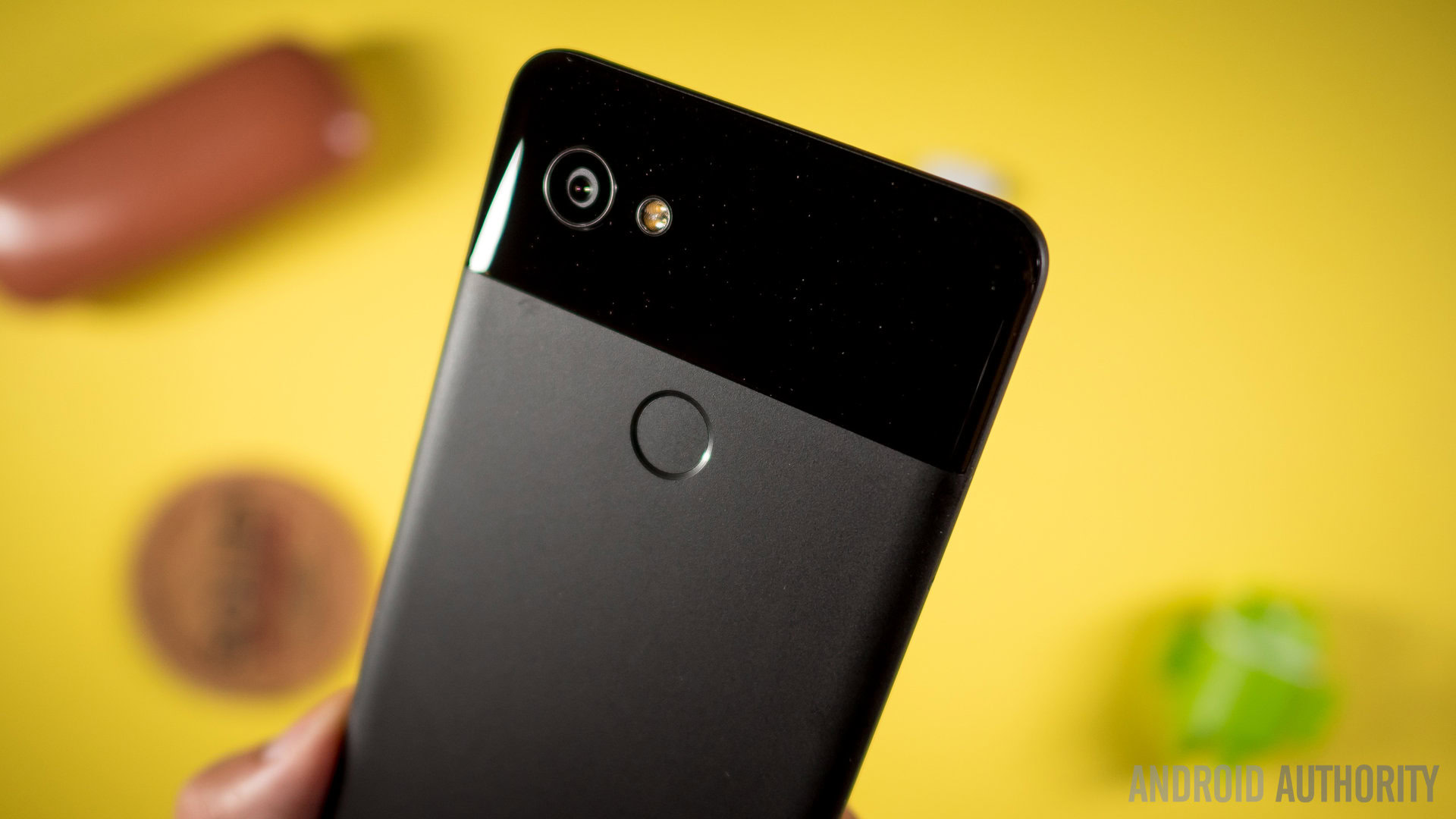
Google’s new Pixel 2 and Pixel 2 XL offer a lot of features but as with any new smartphone, it’s not without its issues. Complaints of a less vibrant display than the previous generation Pixel have prompted Google to state that it may add more color options for users in a future update. The company said it targeted a more neutral and realistic panel this time around, rather than the heavy saturation usually associated with OLED displays.
However, those haven’t been the only complaints levelled at the Pixel 2 XL’s display. A few reports of a “grainy” or blotchy image in very low light conditions have surfaced, along with a blue tint that can be noticed when looking at the phone off-angle. Other complaints have also suggested that the handset might suffer from uneven color distribution.
Sadly, for Google and all of us, the Pixel 2 XL screen is the cause of the issues. One of the problems is, in my opinion, unacceptable for an expensive flagship.
What is causing these problems? Are they likely to affect you? Do the issues really even matter? We’ve been putting the Pixel 2 and Pixel 2 XL through our testing lab here in San Francisco— alongside the Galaxy Note 8, LG V30 and last year’s Pixel XL— so let’s take a closer look.
Exploring the blue tint problem
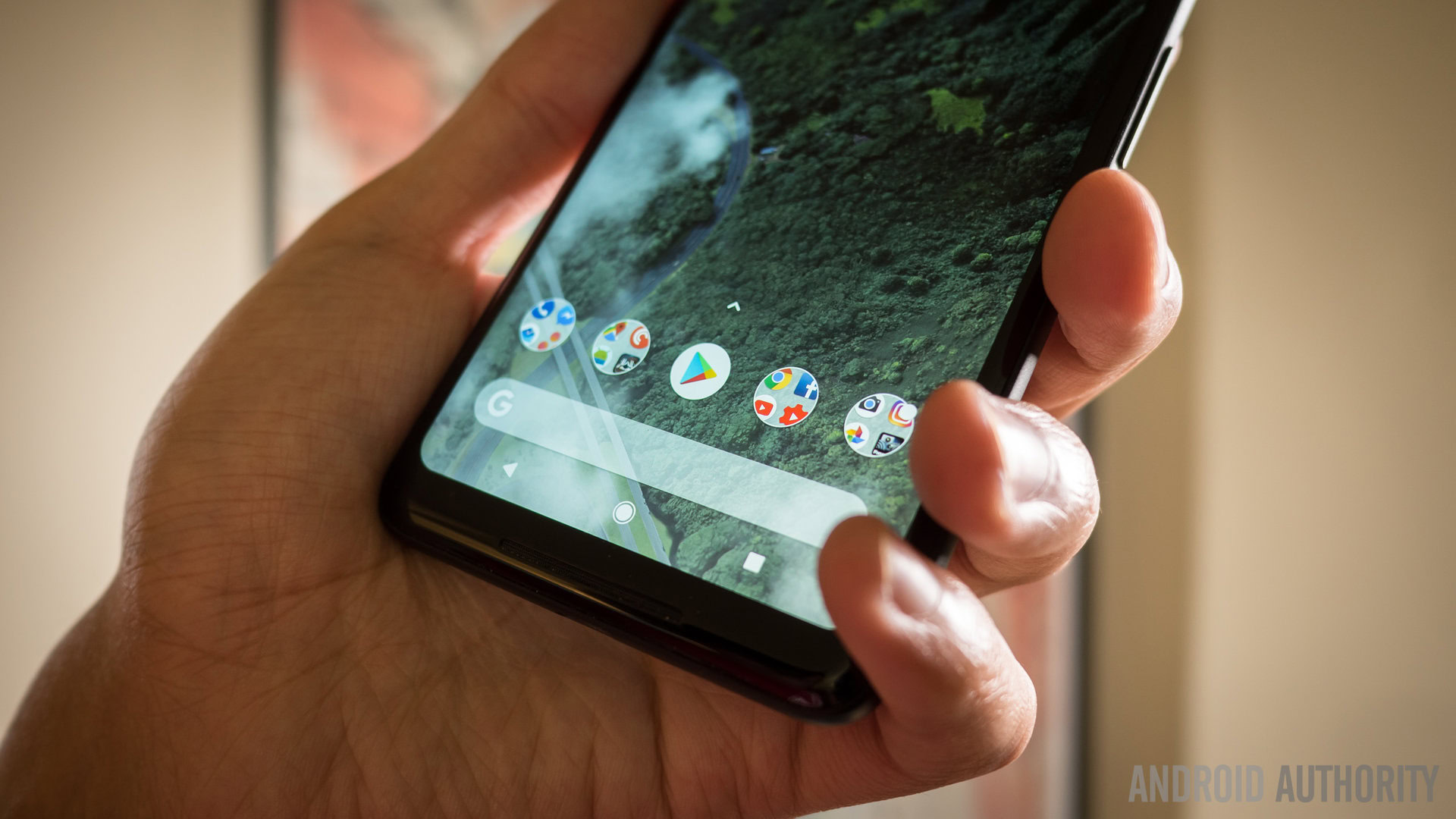
If you look at the Pixel 2 XL screen at even a slightly off-centre angle, the screen adopts a blue tint. It’s not a bright blue hue, but more of a darkening and cooling of the display. It weakens the screen’s overall color reproduction.
The issue is reminiscent of LCD display smartphones, which typically suffer from narrower viewing angles than OLED panels. With the Pixel 2 XL this effect manifests slightly more noticeably under certain lighting conditions.
While it’s easy to notice in a dark room or with little ambient lighting, the blue tint is not as noticeable in brighter conditions or outside. It is still there, but the effect is much less pronounced, meaning it’s unlikely to be a large day-to-day issue. When I showed the issue to a friend who had pre-ordered the Pixel 2 XL, he said “it’s noticeable, but I still plan to keep my pre-order.”
[one_half]
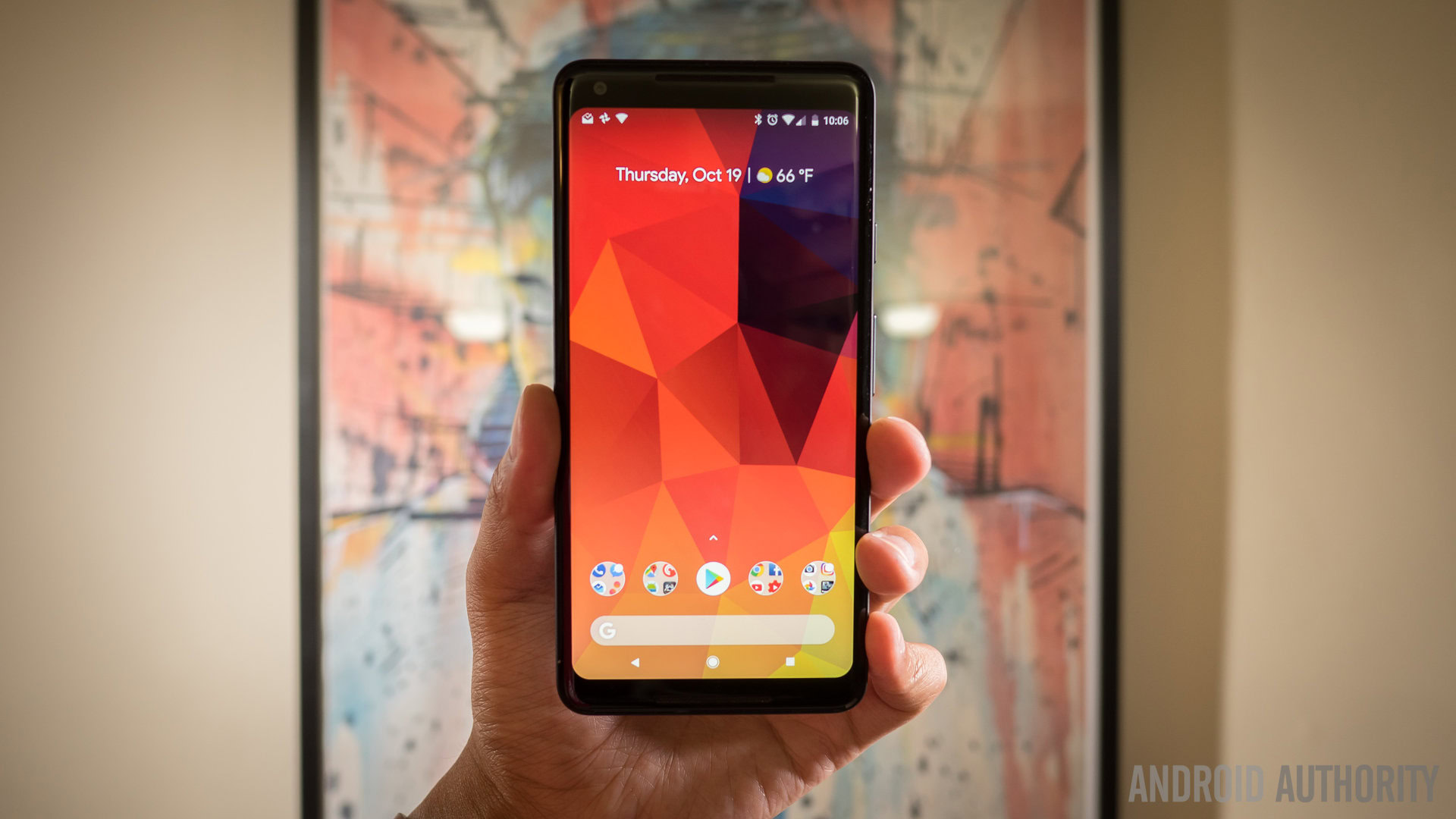
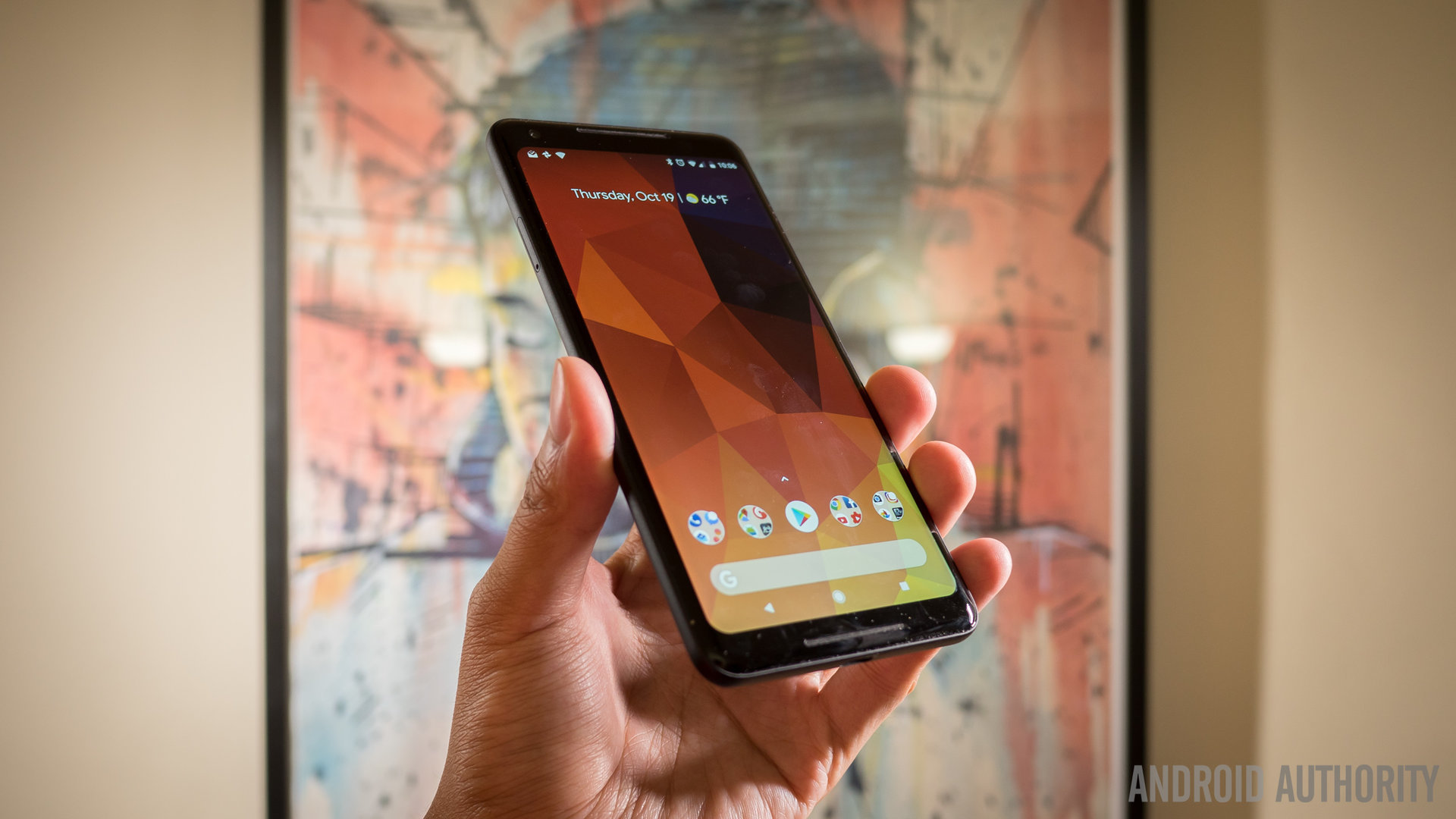
It’s worth pointing out that all displays exhibit a level of color shift at off-angles. Even Samsung’s AMOLED panels take on a blue tint if you turn the phone far enough. As for the cause, OLED panels are constructed with blue pixels larger than their red and green counterparts. This helps prolong screen lifetime, but gives the blue pixel a wider viewing angle. Unfortunately with the Pixel 2 XL panel, the viewing sweet spot appears to be much smaller than other smartphones.
Whether this becomes an issue for you, however, depends on whether you spend a lot of time looking at your screen at an off-angle. For me, as someone who’s used to Samsung’s OLED panels that don’t suffer from the same problem so quickly, the blue tint is noticeable enough that it puts me off using the phone. Equally, I’ve been spoilt by other OLED panels (mainly from Samsung and also from the LG V30), but an iPhone 7 Plus user I spoke to was somewhat undeterred by the problem.
Color reproduction
The other issue is even more subjective. After years of heavily saturated Samsung OLED displays, everyone expected Google to follow suit. Except it didn’t. Instead, the Pixel 2 XL sports a much more muted color profile out of the box.
The default Pixel 2 XL look appears similar to Samsung’s Basic color profile. The issue here is that it only adds around 10% saturation to the colors when you turn on the Vivid Colors option. Samsung’s AMOLED displays are known to have colors that really ‘pop’, but Google opted for color accuracy instead. Due to the dissatisfaction, the company confirmed it will consider adding more options in a software update.

In the image above (click to enlarge), the differences between the two Pixel generations aren’t going to ruin your experience. The app icons are really the only points of meaningful saturation difference. The Pixel 2 XL’s app icons lack a little color, but it’s only noticeable with a side by side comparison, a situation most won’t encounter.
The Pixel 2 XL’s display is calibrated to offer a color temperature closer to the ideal mark of 6500 Kelvin, which, while technically accurate, doesn’t lead to the same color punch that makes Samsung’s OLED panels attractive to some. This could be a problem, as most people are conditioned to Samsung’s over-saturated AMOLED displays and consider them the standard in OLED panels.
How accurate is the Pixel 2 XL’s display?
Now that we’ve touched on the display issues, let’s take a closer look at some of the more technical aspects of the display. Even though the P-OLED panels inside the LG V30 and Google Pixel 2 XL are provided by LG Display, the OEMs still have a lot of control over the look of the panel, as we can see in the display color temperature results below.
[reviews height=”300″ width=”500″ step=”” min=”6500″ max=”” tension=”” type=”horizontalBar” characteristics_colors=”#dd3333″ characteristic=”display.adaptivedefault-mode.color-temperature” showAll=”” ][review id=”808765″pattern=”#0000ff”][/review][review id=”808762″pattern=”#ff0000″][/review][review id=”808763″pattern=”#00d8d5″][/review][review id=”797338″pattern=”#d800ff”][/review][review id=”786114″pattern=”#24a039″][/review] [/reviews]
Out of the box, the Pixel 2 screen measures in with a color temperature of 6969 Kelvin, while the Pixel 2 XL is slightly cooler at 7035 Kelvin. By comparison, the Galaxy Note 8 comes in at 7906 Kelvin. Last year’s Pixel XL came in at 7859 Kelvin and the LG V30 is oddly cool at 8542 Kelvin.
Since the V30 shares the same P-OLED panel type as the Pixel 2 XL, you’d think that they would be closer. It’s clear here what Google means by taking a more realistic approach to colors, as LG and Samsung are notably cooler on their default settings.
The Pixel 2 is technically one of the most accurate smartphone screens we’ve tested, but as the next chart shows, there’s very little difference between the vivid colors and standard colors mode. While the Pixel 2 XL display is slightly warmer, the differences are negligible. It could come down to individual issues with the panel on our unit, or even slight differences in the configuration from Google.
Samsung also provides a Basic option that allows you to dial back all of the saturation and have a more accurate display. What is interesting about this test is that when you enable this on the Galaxy Note 8, and disable the vivid colors on the Pixel 2 and Pixel 2 XL, the screens color temperatures even out substantially. See the graph below.
[reviews height=”300″ width=”500″ step=”” min=”6500″ max=”” tension=”” type=”horizontalBar” characteristics_colors=”#dd3333″ characteristic=”display.standard-mode.color-temperature” showAll=”” ][review id=”808765″pattern=”#0000ff”][/review][review id=”808762″pattern=”#ff0000″][/review][review id=”808763″pattern=”#00d8d5″][/review][review id=”786114″pattern=”#24a039″][/review] [/reviews]
The panels are capable of providing nearly identical color temperatures, with the slight differences falling well within an acceptable range. The differences we’re seeing in the out-of-the-box modes come down to each OEM’s calibration and preference.
Does brightness play a part in the issue?
Samsung’s AMOLED panels are known for being super bright, and as a result, the colors pop off of the screen even more than on a dimly lit display. Indeed, the LG V30 follows a similar trend with a high peak brightness— a requirement for displaying bright, vivid high dynamic range content.
[reviews height=”300″ width=”500″ step=”” min=”200″ max=”” tension=”” type=”horizontalBar” characteristics_colors=”#dd3333,#3f38f7″ characteristic=”display.adaptivedefault-mode.max-brightness,display.adaptivedefault-mode.max-brightness-auto” showAll=”” ][review id=”808765″pattern=”#0000ff”][/review][review id=”808762″pattern=”#ff0000″][/review][review id=”808763″pattern=”#00d8d5″][/review][review id=”797338″pattern=”#d800ff”][/review][review id=”786114″pattern=”#24a039″][/review] [/reviews]
OLED displays are, on paper, much brighter than LCD-based panels but our testing shows that the Pixel 2 and Pixel 2 XL’s panels are actually not much brighter than last year’s Google Pixel. The Pixel 2 comes in with a max brightness of 483 nits, while last year’s Pixel XL was 420 nits. The Galaxy Note 8 meanwhile has a max brightness of 570 nits while the LG V30 is even brighter at 606 nits. A duller screen can somewhat worsen color saturation issues.
[reviews height=”300″ width=”500″ step=”” min=”0″ max=”” tension=”” type=”horizontalBar” characteristics_colors=”#dd3333,#0800f7″ characteristic=”display.adaptivedefault-mode.low-brightness,display.adaptivedefault-mode.low-brightness-auto” showAll=”” ][review id=”808765″pattern=”#0000ff”][/review][review id=”808762″pattern=”#ff0000″][/review][review id=”808763″pattern=”#00d8d5″][/review][review id=”797338″pattern=”#d800ff”][/review][review id=”786114″pattern=”#24a039″][/review] [/reviews]
The minimum brightness of the screen doesn’t really affect the issue much as it’s not noticeable at such low luminance levels. That said, the Galaxy Note 8 has an absolute minimum brightness of 1.78 nits, while the Pixel 2 has a low of 7 nits, the Pixel 2 XL 4.547 nits and the LG V30, 2.955 nits. Last year’s Pixel XL meanwhile has a low brightness of 2 nits, meaning it has an overall wider range of brightness than this year’s Google flagships.
All said, does the issue really matter?
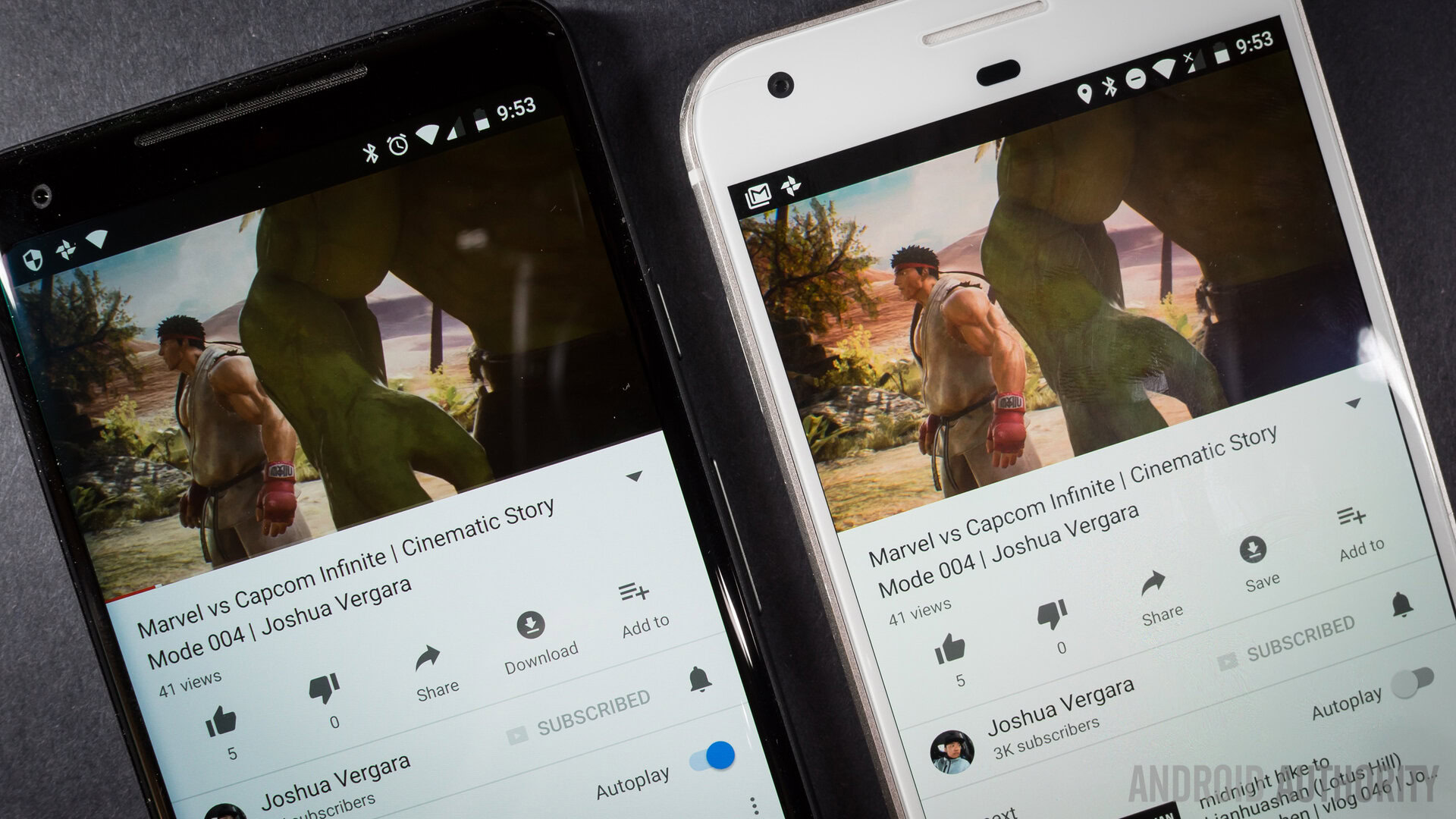
Without looking at the screen side-by-side with a “better” display, it’s always going to be difficult for most users to tell if a display is too vibrant or muted, or hot or cold. That’s been our experience with the Pixel 2 XL too. The changes Google has made to color reproduction certainly don’t detract from the viewing experience out of the box. It’s only once you start comparing devices side by side that these differences really become noticeable.
However, once you spot the issue it can certainly play on your mind. For me it’s enough to reconsider Google’s flagship. Given the price, I expect an experience that’s near perfect. For most people, this is unlikely to be an issue at all, and if you choose to get the Pixel 2 XL, your eyes will probably adjust to the display.
[one_half]
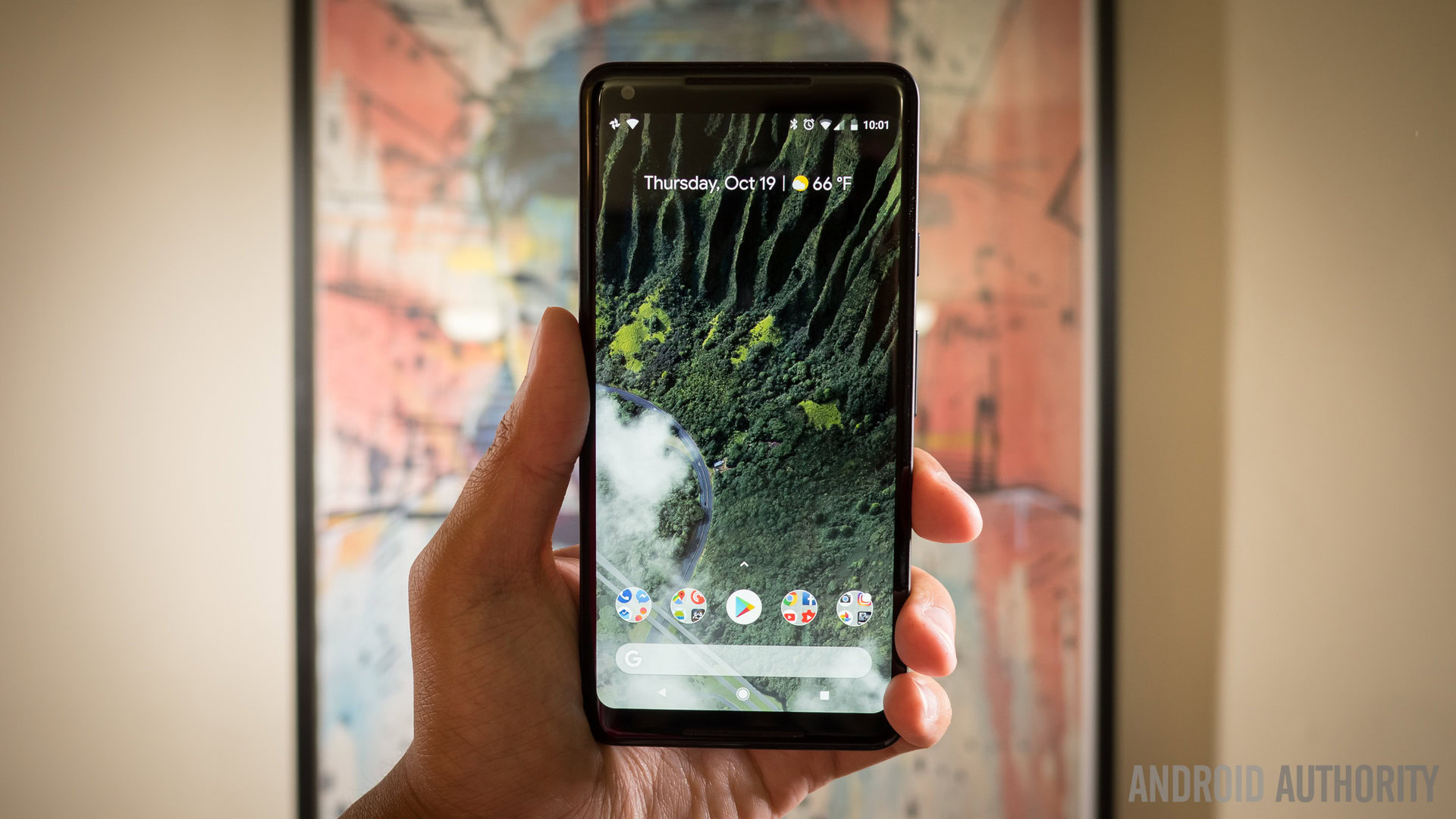
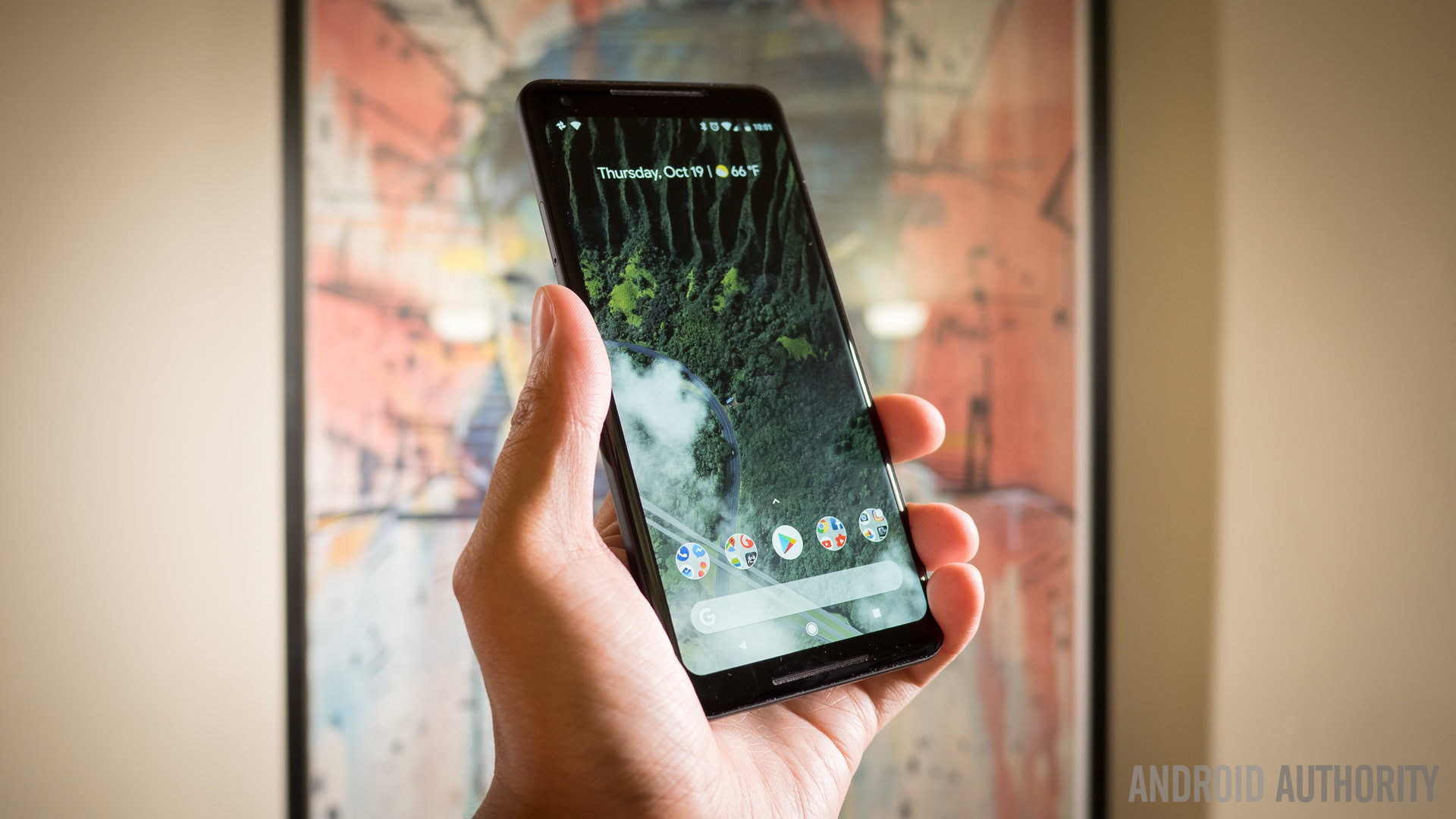
The grainy, blotchy image and the lack of clear, sharp detail when it comes to the icons is more noticeable. Compared to the sharp icons used on almost all other devices – whether Android or iPhone – the Pixel 2 XL display doesn’t look appealing. The screen is a disappointment for me, but after talking to a few people I know who were interested in the device, it’s not likely to matter to most people.
Asking another friend after showing her the phone’s issues, she noticed the blue tint and seemed somewhat perturbed by it, but still seemed to be set on buying the Pixel 2 XL. This may be because the rest of the phone is really good (our full review’s out Monday!).
Does it matter to you? Is a blue-tint and obvious lack of sharp icons enough to deter you away from Google’s new flagships? Are you willing to overlook those for the sake of the excellent software experience and other hardware goodies? Let us know your thoughts in the comments below!